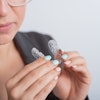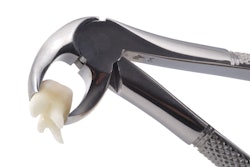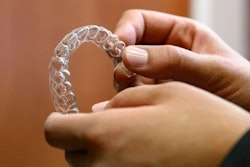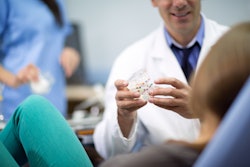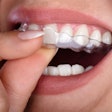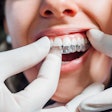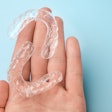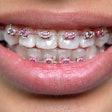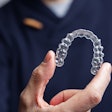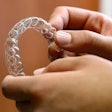An augmented reality (AR) system on mobile smartphones may help improve dental bracket placement, particularly for less experienced dentists. This study was recently published in Computers in Biology and Medicine.
Although considered a costly approach, AR guidance for dentists may produce better patient outcomes compared to orthodontists, the authors wrote.
“This advancement holds great promise for the field of orthodontics and teaching purposes,” wrote the authors, led by Dragan Alexander Ströbele of Danube Private University in Austria (Comput Biol Med, April 23, 2025, Vol. 192, 110212).
For this study, researchers developed a comparative workflow to assess how accurately inexperienced dentists and orthodontists placed orthodontic brackets. The evaluation used AR software on a smartphone application, eliminating the need for 3D imaging or physical placement guides.
This method aimed to enhance safety and ease of use by projecting planned bracket positions directly onto the patient’s teeth. Five inexperienced dentists and five inexperienced orthodontists placed six brackets each. After placement, the models were scanned with a laboratory scanner to calculate the average absolute deviation for each bracket, they wrote.
Data were divided into four groups, including brackets directly bonded by dentists (DD), directly bonded by orthodontists (DO), AR-guided bonding by dentists (ARD), and AR-guided bonding by orthodontists (ARO). The virtual optimal bracket position served as the reference standard for comparison.
Significant differences were observed between unguided and app-guided bracket placements for both the central incisors (p = 0.00185) and lateral incisors (p = 0.0204). The DD and ARD groups also differed significantly (p = 0.004), with the ARD group showing less deviation from the optimal position, they wrote.
Furthermore, among central incisor placements, a notable difference was found between ARD and ARO groups (p = 0.032), with dentists in the ARD group achieving significantly closer alignment to the planned optimal position than orthodontists.
However, this study did not assess bracket rotation, indicating the need for future research to examine the accuracy of AR-guided bracket placement in different rotational angles, the authors added.
“The continuous advancement of AR technology holds tremendous promise for revolutionizing the orthodontic practice landscape,” they concluded.




